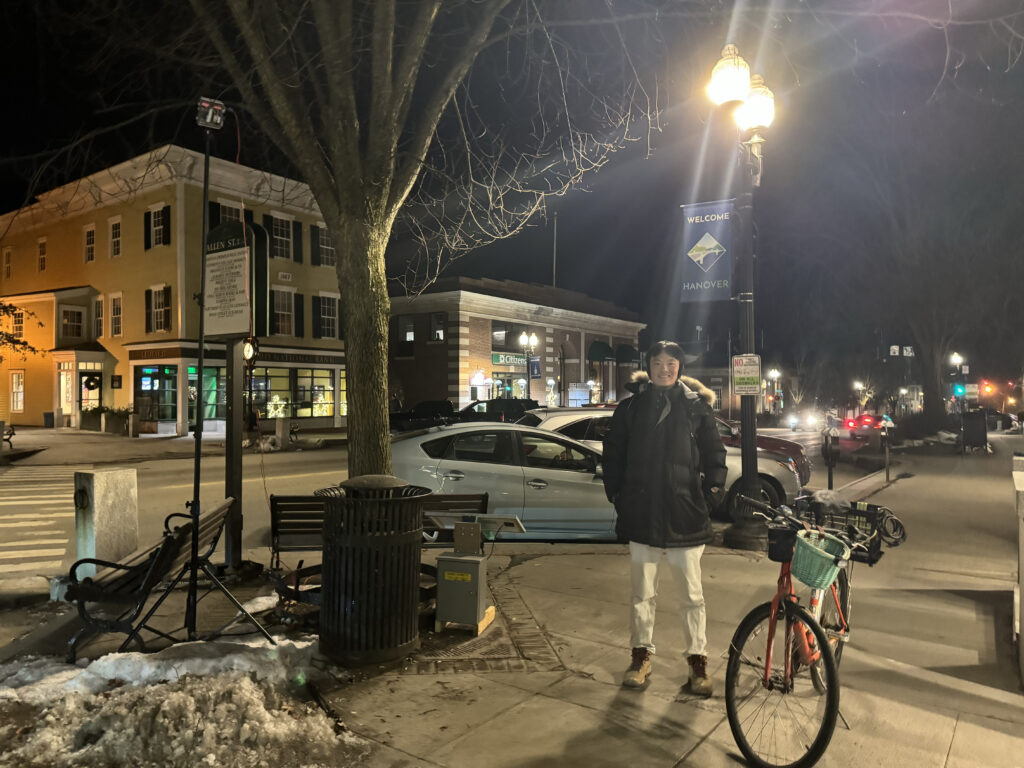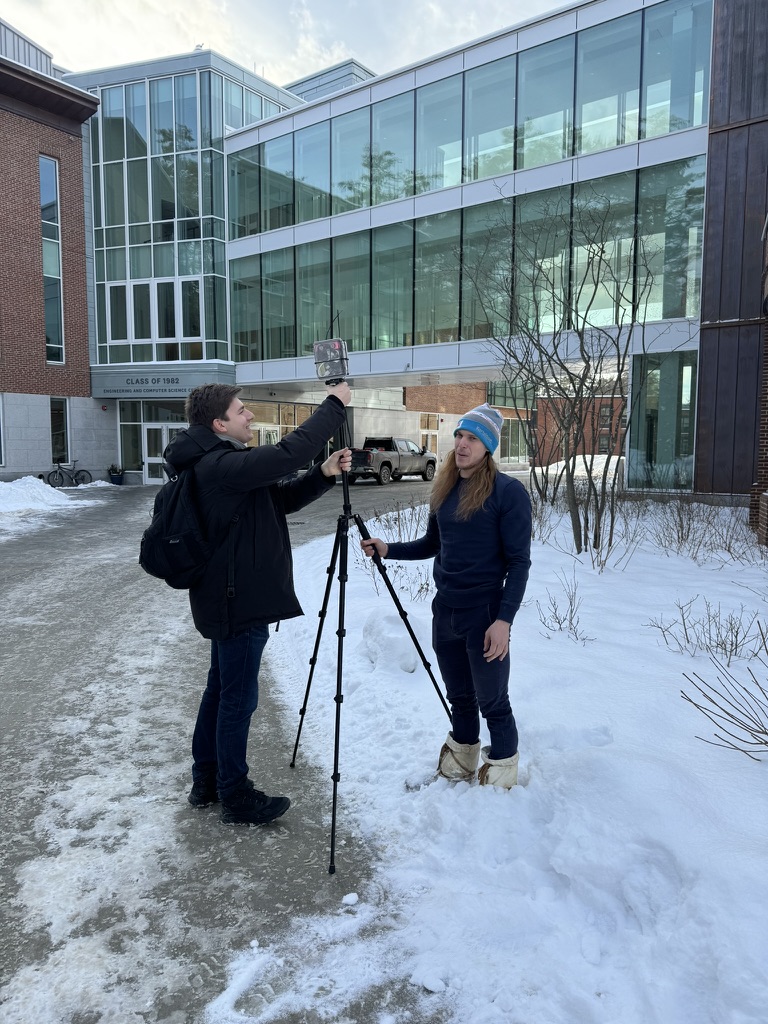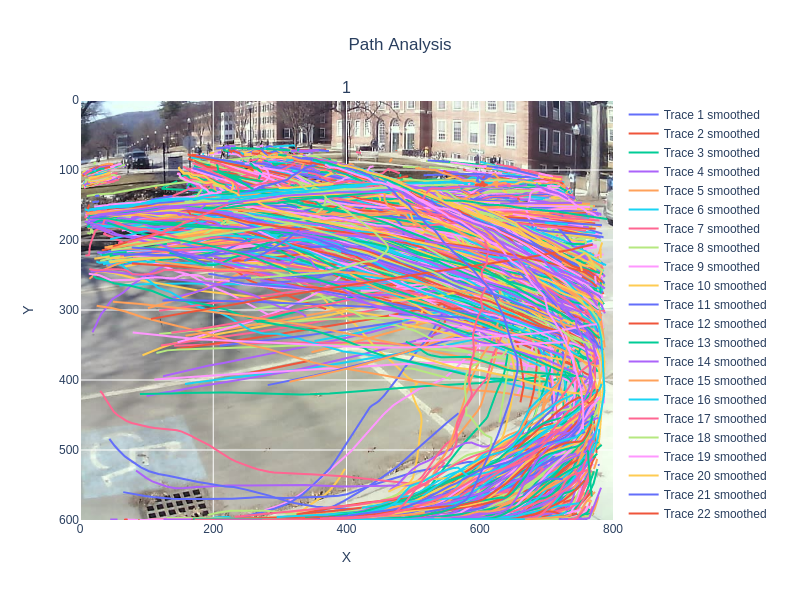222 Palisades Creek Drive
Richardson, TX 75080
Phone: 972-952-9393
Fax: 972-952-9435
Email: [email protected]
Project: Bike Walk Census Tool Designed for More Inclusive Transportation Planning in College Downtown
Project: Bike Walk Census Tool Designed for More Inclusive Transportation Planning in College Downtown
Students: Jake Twarog, Wendell Wu, Raif Olson, Andrei Gerashchenko, Zachary Nelson-Marois
Faculty: Vicki May, Ph.D., P.E.; Solomon Diamond, Ph.D.; Rafe Steinhauer, MEd
How did this project prepare students for professional practice?
Real-world projects help students think critically and apply what they are learning to messy problems. In this project, the students had to scope the work, and they had to work with the town and with users of their software. It is much harder and messier than a textbook problem. Students tend to like this challenge, and it really prepares them for professional practice.
What value does a real-world project bring to students?
Students are so much better prepared for professional engineering practice when they get the opportunity to work on a real-world project like this one.
What did you like best about participating in this project?
I really enjoyed working on a project that has an impact, especially an impact on the community I live in. This project was open-ended, and the team got to design the final solution so we could make sure the device got used. If you design a project on your own and don’t answer to someone, it’s a different story. For us, designing it with the town planners and regional planning commission gave us access to resources and stakeholders, so we knew it would be useful in the end.
What did you learn from this project?
I learned a lot of things, both technical and practical. Delegating on the team was one of the biggest skills I developed. Learning how to set up all the tools and frameworks needed to develop an engineered product was also a big win. For example, we learned how to design a PCB with testing in mind.
How did the participation of professional engineers improve the experience?
With the professionals involved, we were able to get direction and redirection efficiently. Without their help, we would have trouble with scoping the project.
What do you think the professional planners and engineers learned from this project?
I think they learned how to apply new ideas to different projects. Like machine learning applied to transportation planning, and how to use an embedded device or design for usability and value.
What value does a real-world project bring to the students?
This project helped students understand how this one puzzle helps us map out a whole system, like transportation and the social context around it.
What impact does this project have on your work? On the town?
For the town, there is a lot of energy and enthusiasm for having the students work on a project that has such a direct impact with this new technology. This project took hours of human capital and put it into a tiny box. It also helped reassure professionals that students really do care about the town.
What did you learn from working with these students on this project?
I learned that these students work at all hours of the day. Joking aside, these students will solve any problem that comes their way. I also learned about the process of setting up the machine learning. It was painstaking at first with 20,000 boxes drawn to classify images in training the algorithm. But once that visual data was processed, we could really get valuable data and actual counts from it.


